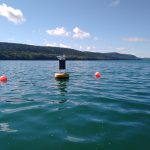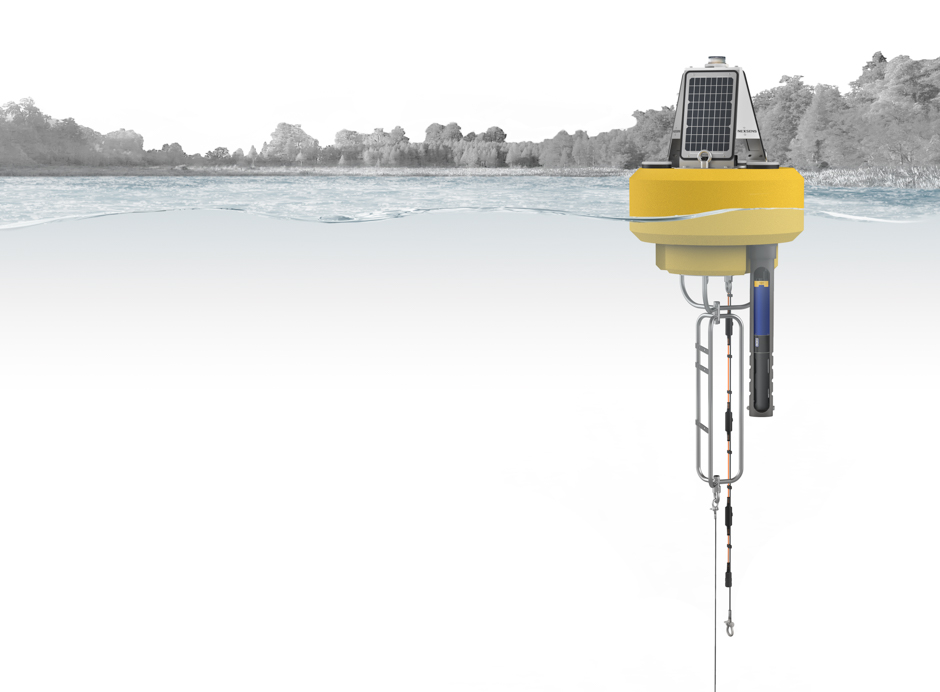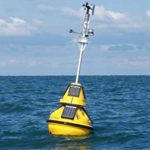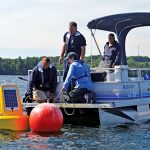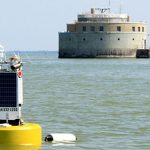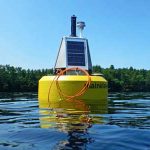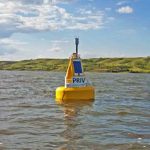Articles Tagged: algal blooms
HABs Detection System
Harmful algal blooms (HABs) are an issue associated with eutrophication, the presence of excess nutrients in water. Rapid growth of organisms like cyanobacteria can deplete oxygen levels, increase stratification, and produce harmful toxins. NexSens automated detection systems can help track HABs and predict when potentially hazardous conditions are forming.
TriOS NICO UV Nitrate Sensor: X2 Integration Guide
The TriOS NICO UV Nitrate Sensor is an in-situ UV photometer that measures nitrate in lakes/rivers, drinking water, and wastewater applications. Nitrate is measured using the common principles of UV optical absorption utilized in laboratories worldwide. The sensor is compatible with the X2 data logger over the RS-485 sensor interface using the Modbus-RTU communication protocol. […]
Lake Erie Tributary Monitoring
Northeast Ohio Regional Sewer District
The Northeast Ohio Regional Sewer District maintains multiple water quality monitoring stations along rivers that flow into Lake Erie near Cleveland.
Eastern Lake Erie Dynamics
Buffalo State University
Researchers at Buffalo State University are studying water and weather at the deeper and less algae-prone eastern basin of Lake Erie near Dunkirk, New York.
Lake Auburn Monitoring Partnership
Bates College
To find out what conditions are spurring blooms in the water, Bates College partnered with the Auburn Water District to launch a monitoring system.
Monitoring Toledo’s Water Crisis
LimnoTech
LimnoTech worked with NexSens to design and deploy a monitoring platform near Toledo’s water intake after the water crisis of 2014.
Highland Lake Stratification Questions
Lakes Environmental Association
Buffalo Pound Lake Algae Blooms
University of Saskatchewan
A NexSens data buoy on Buffalo Pound equipped with sensors for weather, sunlight and temperature changes helps researchers at University of Saskatchewan.

